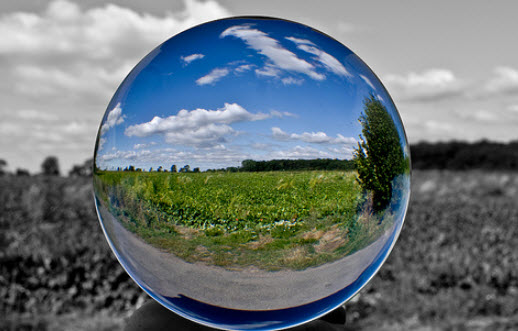Zooming in Time
Our normal/natural perception of time is very much focused on our own lives, our individual experience and the “here & now”.
Our collective inquiring minds have lead us to become aware of a vastly extended perception of time that encompasses the evolution of landscapes, living things, and of geological time.
Comprehending how very different scales of time seamlessly connect can be difficult.


The use of an exponential scale like the one shown below seems very helpful. It connects our personal experience with recent history, the evolution of technology, the evolution of life and geological history extending back to the early days of this planet. Our contemporary exponentially developing technology and knowledge of things continues this trend.

Two key aspects to our journey through time.
- Our individual awareness of things (that travels with us), is like a lens focused on the “here & now”. We know very much less of things in the distant past.
- Our collective accumulating knowledge of things is exponentially increasing. We may learn more in the next five years that all the accumulated knowledge of the past 5 billion years.


Being able to “zoom” or shift the scale of time facilitates new insights into things.
Geological Time Scale
Geological time scales were first used in the early 1800’s and have been successively refined & developed. Key people in its development were Werner in Germany and Hutton in Scotland. The first global geological time scale was published in 1841 by Phillips.
The established geological time scale has a hierarchy involving Eon’s, Era’s and Period’s. Prominent global changes in the fossil record define Era boundaries. These include the explosion of invertebrate life at the start of the Paleaozoic, and mass extinction events at the start of the Mesozoic & Cenozoic Era’s.
For detail on the geological time scale see Wikipedia- Geologic time scale
